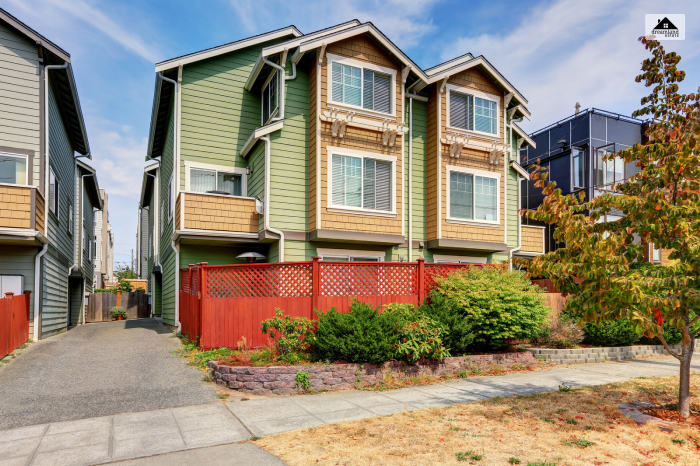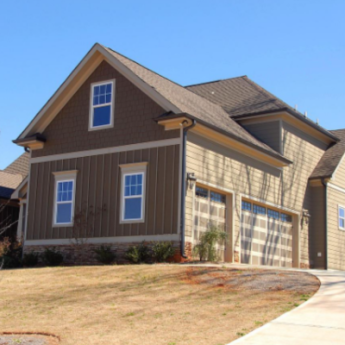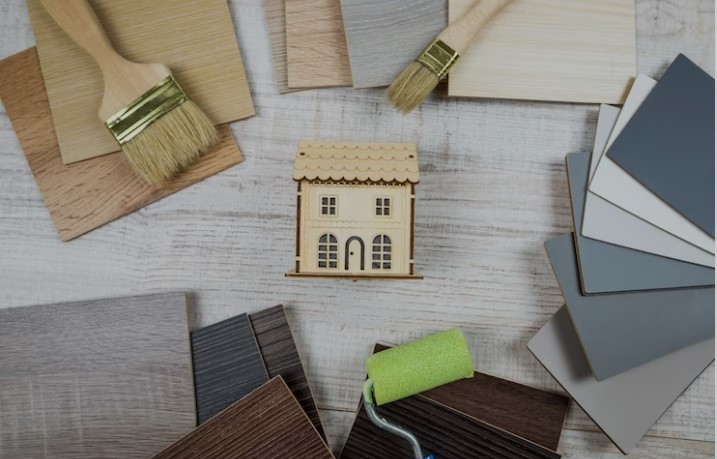What Is A Duplex? – A Secret Living Solution That Can Blow Your Mind!!

Duplex house. A place where functionality meets style. It is a residential dwelling with two living units attached.
The duplex house plan includes two units next to each other. It is more like a condominium or a townhouse.
In general, the duplex designs consist of one unit above another. However, as per architectural development and innovation, there are some changes in modern designs. The idea of the duplex house is more like a multifamily house. There is a cross-connection between apartments and houses.
It has more space than a small studio apartment and less than a standard apartment. You can say that the size and space is somewhere in between.
Duplex can offer you both benefits and drawbacks when it comes to living. You can also use the property as a part of your investment.
In this blog, we will learn what is a duplex, how many types there are, and the benefits and challenges you can experience while living in a duplex. So, without any further delay, let’s uncover what is a duplex is and why it can be a perfect home for you.
What Is A Duplex?

A duplex house is more than just a two-story residence. It offers you a way of living. The term “duplex” mainly helps to signify a residential building constructed on two floors. These units share a central wall, which helps separate the living units.
In a standard duplex, you can find a kitchen, a bed, a hall, bedrooms on the lower floor, and a main bedroom on the upper floor.
If you want to live in a single-family home, a duplex can be a perfect option. It mainly emphasizes a villa vibe, offering an open floor plan. Moreover, you will also find a generous carpet space in a duplex.
However, the wall! It isn’t just a physical barrier. The wall helps divide the duplex spaces into two separate units. Thus, the wall has a pivotal presence in the entire duplex architecture.
Types Of Duplex Housing

While learning about what a duplex is, it is necessary to understand the different duplex designs available in the real estate market. The duplex design and planning can differ from region to region. Based on this, a duplex can be segregated into the following types:
Single-Story Duplex
When it comes to single-story duplexes, you will find both units on the same level. It offers the utmost convenience as well as accessibility. This is especially helpful for those with mobility concerns or families with children.
The layout of a single duplex helps to maximize the floor space. It also minimizes the need for stairs. So, you can have a wide range of lifestyles that suit your needs.
Two-Story Duplex
Secondly, the two-story duplex mainly consists of two units, one stacked on top of another. The structure primarily helps you to optimize the vertical space for better utilization. The entire configuration allows you to separate communal areas from the private quarters.
Regarding the two-story duplex living spaces are located on the lower level. As for the other spaces, like the bedroom, they are located upstairs.
The two-story duplex designs are mainly created to enhance privacy and create a distinctive living space for the residents.
Side-By-Side Duplex
Thirdly, we will talk about the side-by-side duplexes, positioned next to each other. The layout reflects the traditional detached homes. Each space includes its own yard space. These duplexes often have a separate driveway as well.
Here, you can have a sense of individuality and ownership for owners. So, if you are looking for a duplex that can also offer a detached home feel, a side-by-side duplex is the one for you.
On top of that, you can also benefit from shared property maintenance.
Mixed Use Duplex
Lastly, we will wrap up the list with mixed-use duplexes. These duplexes are combined residential spaces where you can also find commercial space within the same building. You basically get the opportunity for life and work arrangements.
The mixed-use duplex is ideal for entrepreneurs, small business owners, or freelancers. They can streamline their lifestyle by integrating their work and living areas.
What Are The Expenses Of Buying And Operating A Duplex

Before buying a duplex, you must understand the everyday expenses of these kinds of properties.
Here are the expenses associated with a duplex property. Read on…
Down payment: Paying a big chunk of money as a down payment can help you get a loan on various favorable terms. On top of that, you can have an equity cushion.
Let’s say the price of a duplex is $150000. A 75% LTV means you must make a down payment of $37,500, or around 25% of the total purchase price.
Mortgage payment: you might come across many lenders who believe a duplex loan is much riskier than a single-family house. Thus, it helps you to shop around and look for more reasonable terms or interest rates.
Property taxes: The tax rates can be higher for multifamily in some municipalities than for single-family housing.
Expenses related to utility: The water and sewer services are metered separately in a duplex. Thus, you must include these in your utility expenses, mainly as a part of your recent bill.
Living In A Duplex: The Pros And Cons

The duplex properties can be an attractive opportunity for you if you are a first-time buyer. It offers you potential rental income along with a long-term appreciation.
However, before you decide to buy a duplex, first, it is necessary to understand the advantages and disadvantages associated with a duplex property. Read on to find out…
Advantages
Affordability: The duplex houses come at an affordable price range. Usually, the homeowners can use one of the units and rent out the other one. This cost-effective solution allows first-time buyers to balance out the mortgage value from the rental income.
Rental income: When you buy a duplex, you can rent out one unit while you occupy the other. This way you can have a steady financial stream.
Shared maintenance costs: Duplexes offer you shared space and ownership. You can even own one unit, and your neighbor can own the other one.
This increases the opportunity for shared maintenance and other responsibilities. So, as an owner, you won’t have to take charge of all the expenses.
Closer proximity: if you love the sense of community, the duplex is the right choice. It facilitates a close relationship with all the neighbors and fosters a sense of support in a shared living space.
Disadvantages
Here are the challenges that are associated with duplex homes:
A Minimal Privacy
Even though the duplex has a separate entrance, closer to the neighbors might compromise privacy and calmness.
Noise Concerns
A shared wall separates the duplex units. This may result in massive noise transfer between the duplex units. As a result, it might cause you disruption and discomfort.
Tenant Turnover Challenges
If you have rented out one of the units, tenant turnover can pose a considerable challenge to finding new occupants or ensuring a consistent income.
Need For Shared Decision-Making
When it comes to decisions related to renovation or maintenance, you may have to collaborate with the other members.
Duplex House: It Carries Different Meanings In Different Countries
A duplex house can carry different meanings in different parts of the world. As I have mentioned, a duplex mainly refers to a home with two living spaces. However, the concept of duplex slightly differs in different regions.
For instance, if you go to Chicago, USA, you will see that they are referring to a duplex house as a single residential unit that is spread over two floors and two floors. These two floors are connected internally by a staircase.
On the contrary, in England, they refer to a flat or an apartment on two floors as a duplex. This is also known as “Maisonette”. However, in Australia, a duplex is a residential house with two homes with a common wall. These parts can also be called mirror images of each other.
I hope now “what is a duplex” is clear to you and the associated pros and cons. Understanding these can help you make informed decisions and achieve your real estate goals.
Did you like the article? Please let us know in the comment section.
Read Also:











Leave A Reply